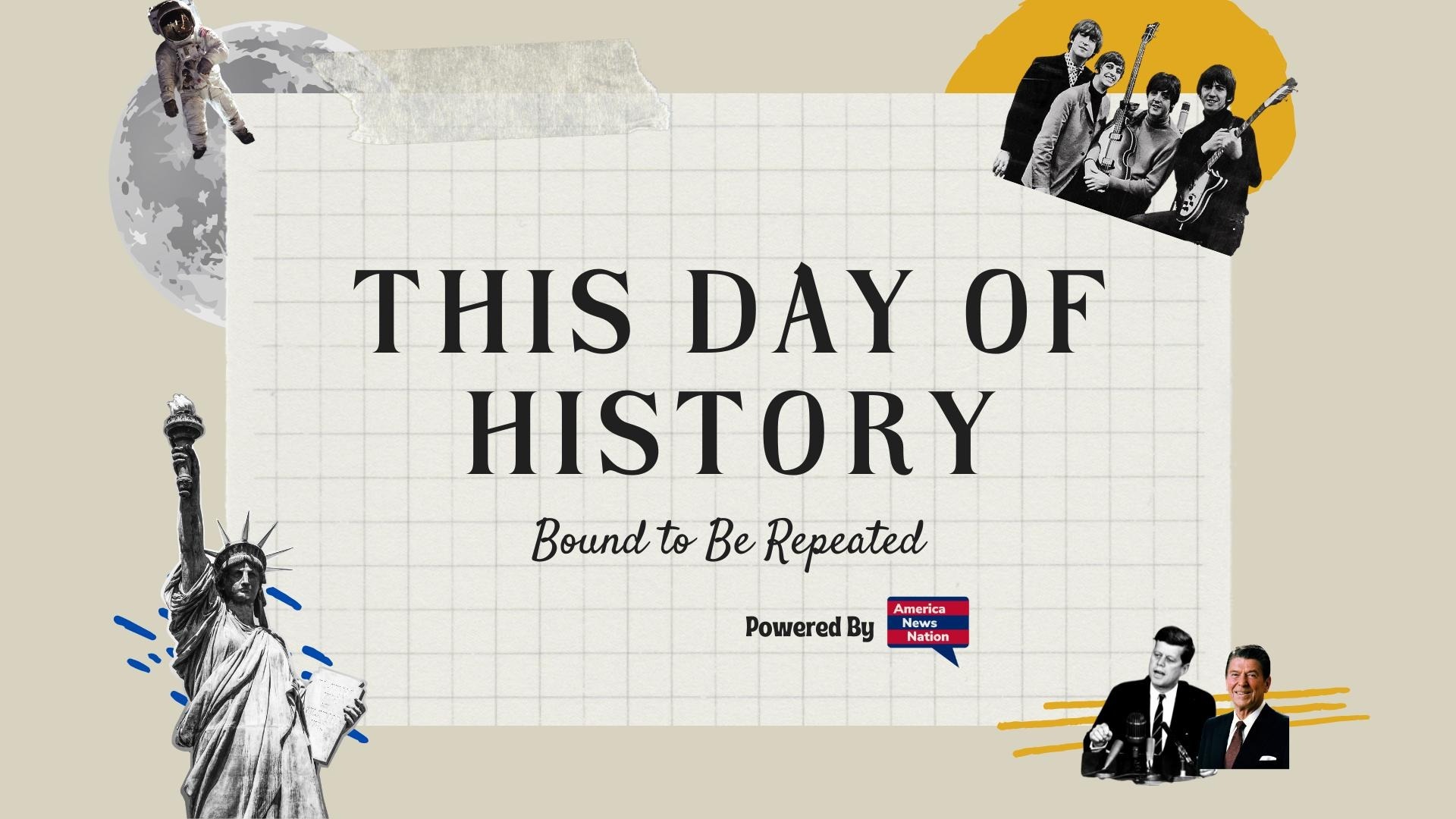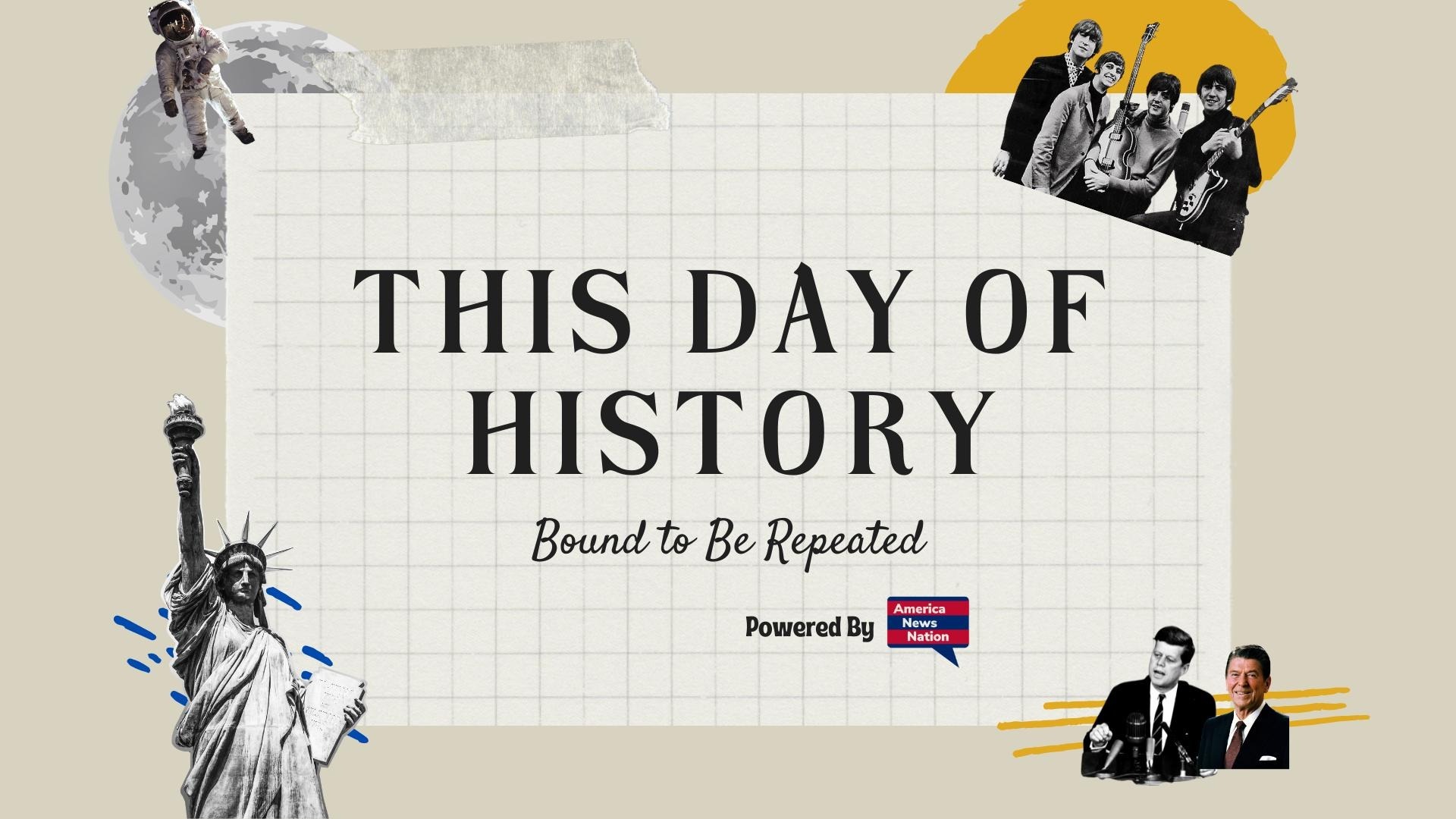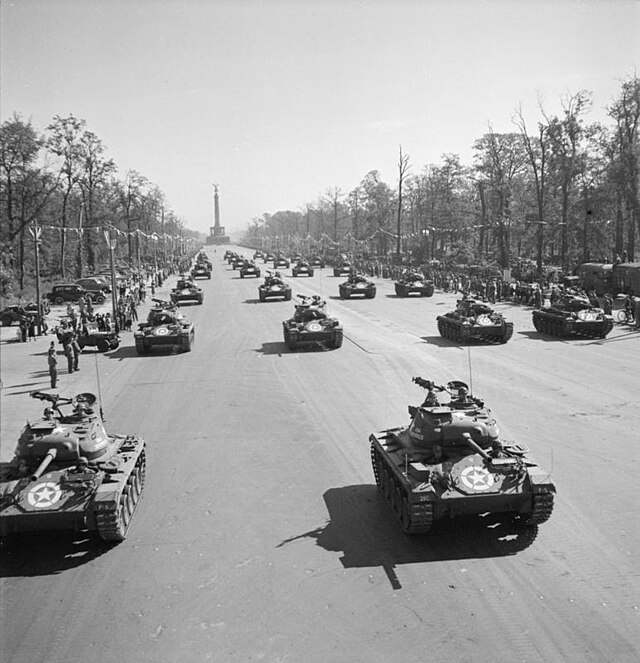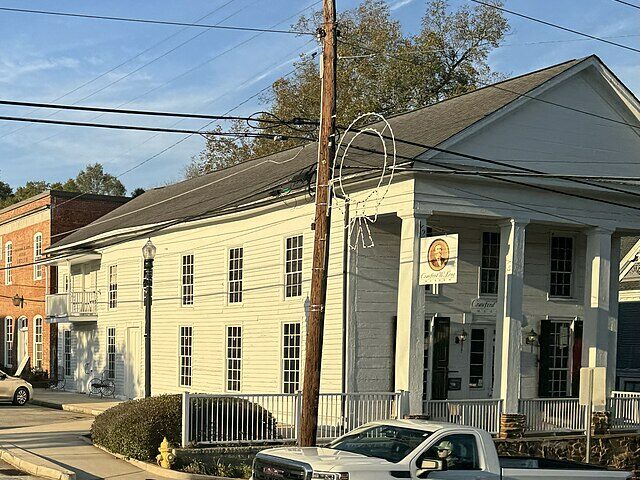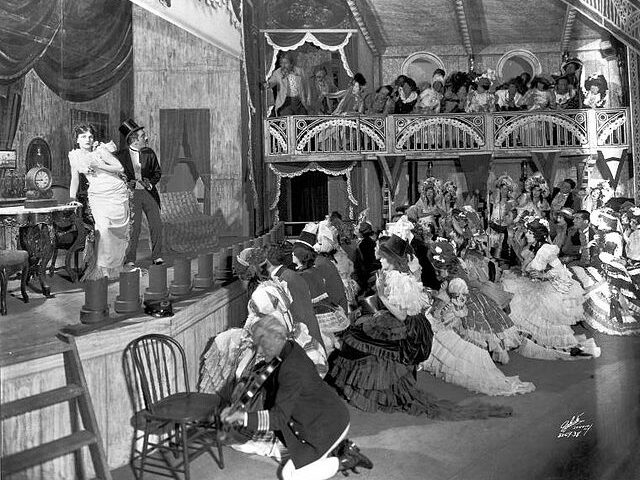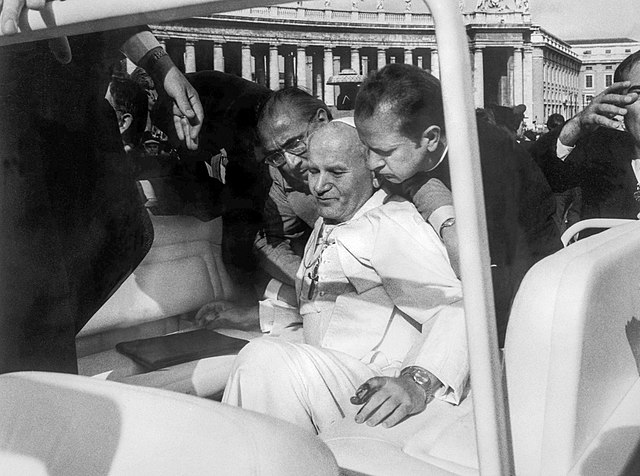When the guns fell silent in Europe on May 8, 1945, the question of how to commemorate the Allied triumph over Nazi Germany loomed over the victorious powers. The Soviet Union, which had borne the brunt of the war on the Eastern Front and suffered staggering losses, insisted that Berlin—the fallen capital of the Third Reich—would host an international victory parade. Thus, on September 7, 1945, only four months after Germany’s unconditional surrender, representatives of the Allied powers assembled in the shattered city for a display of martial unity and symbolic dominance: the Berlin Victory Parade of 1945.
The scene was both triumphant and eerie. Berlin remained a ruin, scarred by bombings and street battles. Yet through the devastated city, Soviet authorities erected a ceremonial ground near the Brandenburg Gate and the Tiergarten, transforming the ruins into a stage for international pageantry. Marshal Georgy Zhukov, the Soviet commander who had overseen the capture of Berlin, presided over the event. His presence underscored Moscow’s claim to be the decisive victor of the war in Europe.
The parade brought together contingents from the four victorious powers— the Soviet Union, the United States, Britain, and, belatedly, France. Soviet forces dominated the march, fielding imposing formations of infantry, artillery, and armor. Behind them rolled the iconic T-34 tanks and the heavy JS-2s, symbols of the Red Army’s mechanized power. British troops, smartly uniformed, followed with units that had fought from North Africa to Normandy. American soldiers, under General Dwight D. Eisenhower’s command, represented the colossal industrial and military effort that had crushed Germany from the west. Finally, French forces appeared as well, a reminder of Charles de Gaulle’s determination to assert France’s restored great-power status.
Among the high-ranking officers present were Marshal Zhukov for the Soviets, General Brian Robertson representing Britain, General George S. Patton’s subordinate formations for the United States, and General Marie-Pierre Kœnig for France. The presence of such figures symbolized Allied unity, but the mood was complicated. Already, beneath the surface, tensions were visible. The wartime coalition was fraying, and within two years the Cold War would crystallize into open rivalry. Yet on that September day, the veneer of cooperation still held.
The military spectacle impressed observers. Thousands of Soviet troops marched in rigid unison past the reviewing stand. Allied units followed with precision, their national flags fluttering against the backdrop of ruins. Bands played martial music, echoing across the ruined avenues. Tanks clattered over cobblestones that had so recently been soaked in blood. For Berliners watching from the sidelines—many gaunt and disoriented from months of deprivation—the parade was a bewildering reminder of both defeat and survival. For the Allies, it was meant to symbolize not only victory but also the possibility of collective security in the postwar world.
Yet the Berlin Victory Parade of 1945 has always been overshadowed by absence. While representatives of the major Allied armies took part, the parade was not accompanied by the heads of state—neither Stalin, Truman, Churchill, nor de Gaulle attended. Instead, their generals stood in their place, reflecting both the logistical difficulties of arranging such an event so soon after the war and the delicate politics of emerging divisions. Moreover, the parade never became a recurring ritual. Unlike the Soviet Union’s annual May 9 commemorations or France’s Bastille Day parade, the Berlin event was a one-off, largely forgotten outside specialized histories.
Still, its symbolism remains significant. It was one of the few occasions when the victorious Allies literally marched side by side through the heart of defeated Berlin. For a fleeting moment, cooperation seemed real, even as ideological suspicion gathered strength. The parade marked both an end and a beginning: the end of Nazi Germany’s catastrophic war, and the beginning of a new geopolitical order soon defined by confrontation between East and West.
